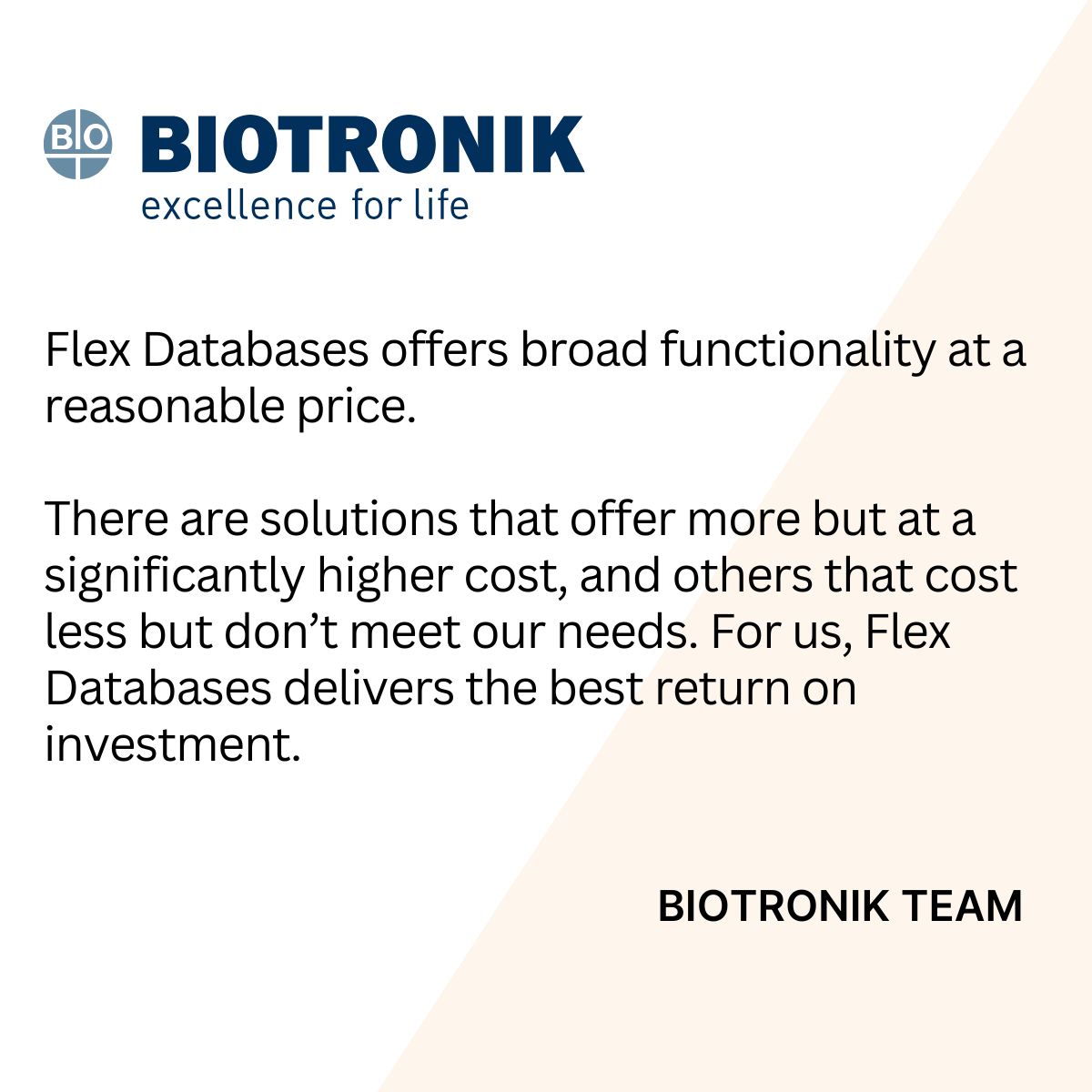Key Changes to EU Pharmacovigilance Regulation: What You Need to Know
August 14, 2025

In July 2025, the European Commission adopted Commission Implementing Regulation (EU) 2025/1466, amending Regulation (EU) No 520/2012. The changes aim to strengthen pharmacovigilance, reduce unnecessary administrative burden, and align EU requirements with global best practices. Most provisions apply from 12 February 2026, with certain Eudravigilance updates taking effect in August 2025.
Why the Changes Were Made?
The update is driven by:
- Over a decade of practical experience since 2012.
- Advances in technology and science.
- Ongoing international harmonisation.
The result is a clearer, more efficient regulatory framework that still maintains robust safety oversight.
Key Updates
1. Pharmacovigilance System Master File (PSMF)
- Document only major or critical deviations, not every minor one.
- Provide more specific organisational structure details.
- Include a list of sites where pharmacovigilance activities occur.
2. Third-Party Subcontracting
- Define roles, responsibilities, and data exchange obligations in contracts.
- Apply requirements to all levels of subcontracting.
- Ban further subcontracting without written consent from the M
3. Quality System Audits
- Adopt a risk-based approach with regular, independent audits.
- Audit all pharmacovigilance activities, including subcontractors.
4. Eudravigilance & Signal Management
- Clarify MAH monitoring obligations and timelines (max. 30 days for signal validation).
- Apply certain provisions immediately from August 2025.
5. Technical Standards & Reporting
- Align with the latest ISO IDMP standards.
- Require DOIs for literature in ICSRs.
- Expand PSUR content to include risk minimisation effectiveness.
- Mandate electronic registration of post-authorisation study protocols and results.
Next Steps for Compliance
- Update contracts with pharmacovigilance providers.
- Revise audit procedures to meet new requirements.
- Enhance PSUR reporting on risk minimisation measures.
- Upgrade technical systems for new standards and reporting.
- Invest in training to ensure staff understand and apply the changes.
At Flex Databases, we’ve already updated our systems, workflows, and compliance protocols to reflect the new regulatory requirements. This means our clients are fully covered, their pharmacovigilance processes remain up to date, and any requested updates are implemented swiftly.
By focusing on efficiency, clarity, and harmonisation, these regulatory updates provide a more streamlined yet robust approach to pharmacovigilance across the EU and with Flex Databases, you’re already prepared.



